
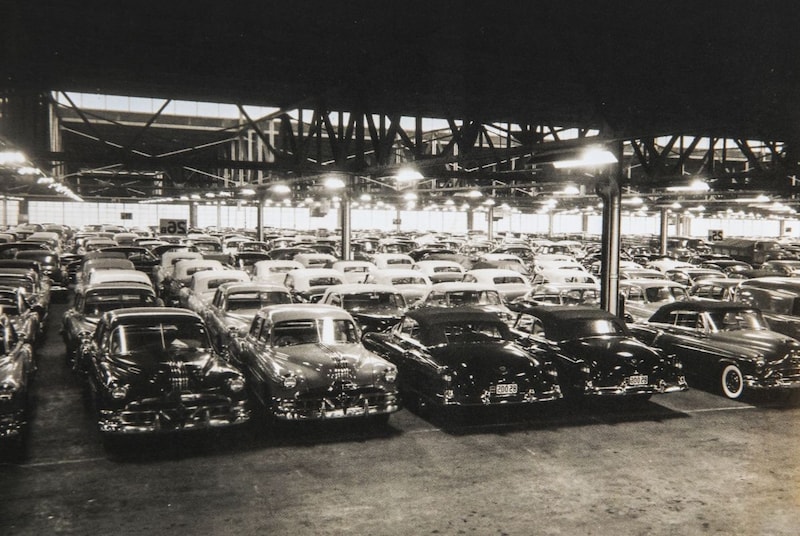
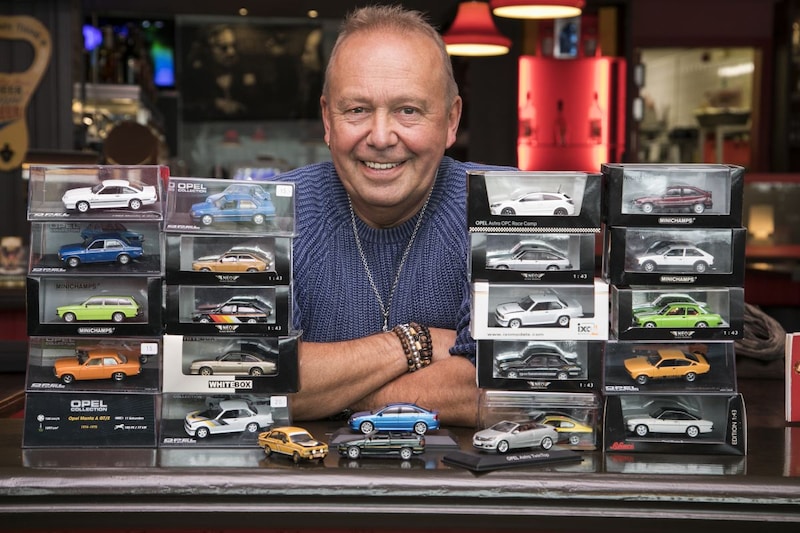
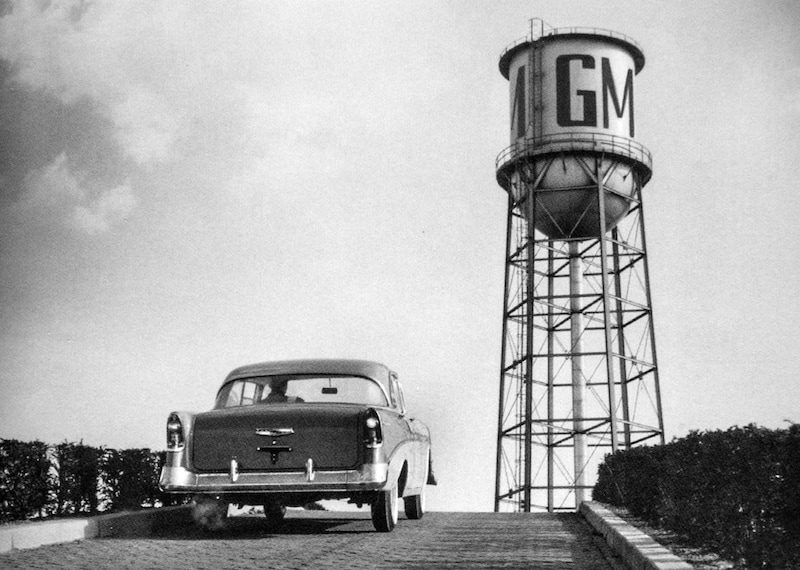
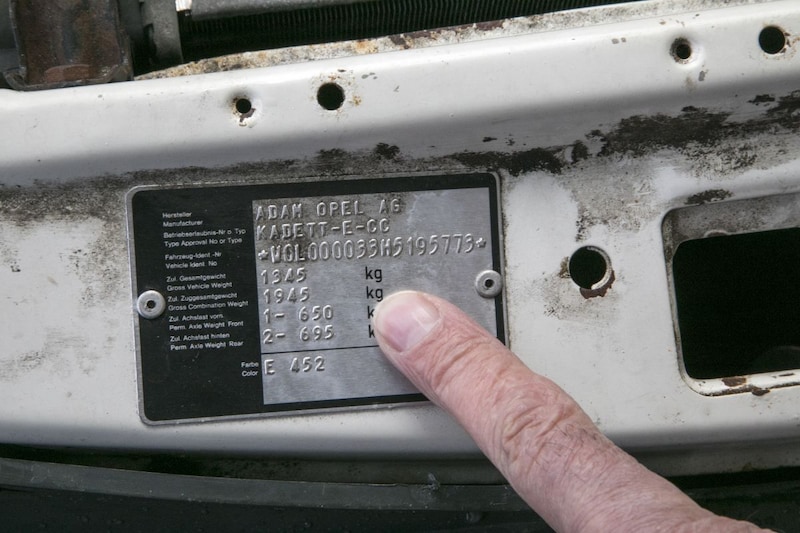

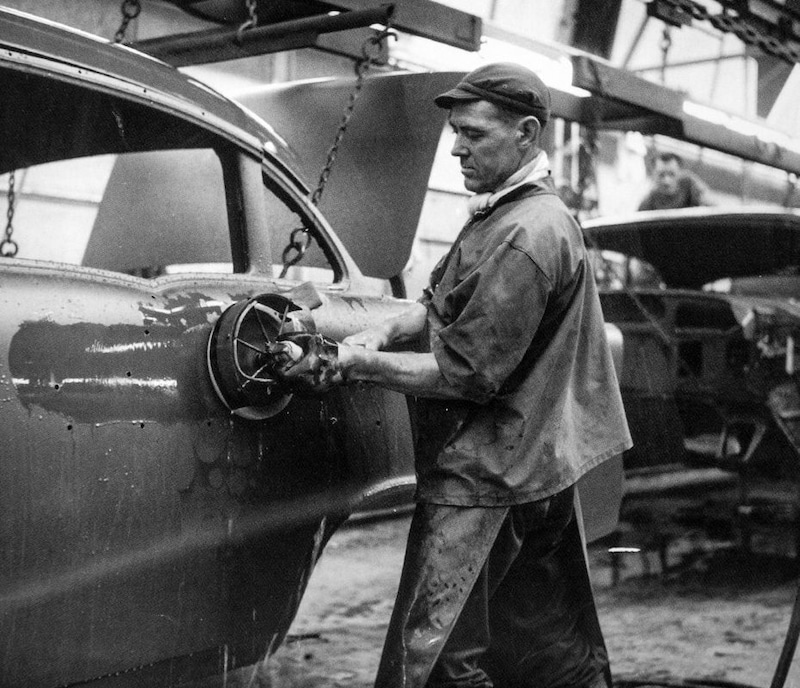
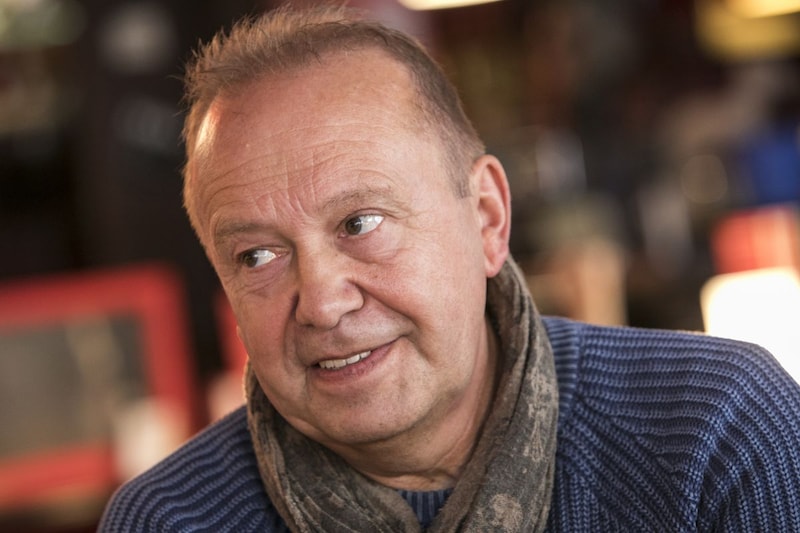
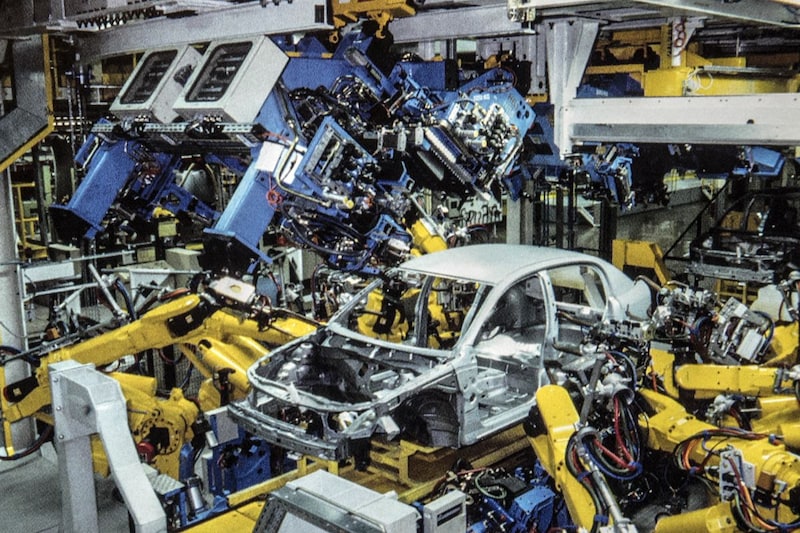


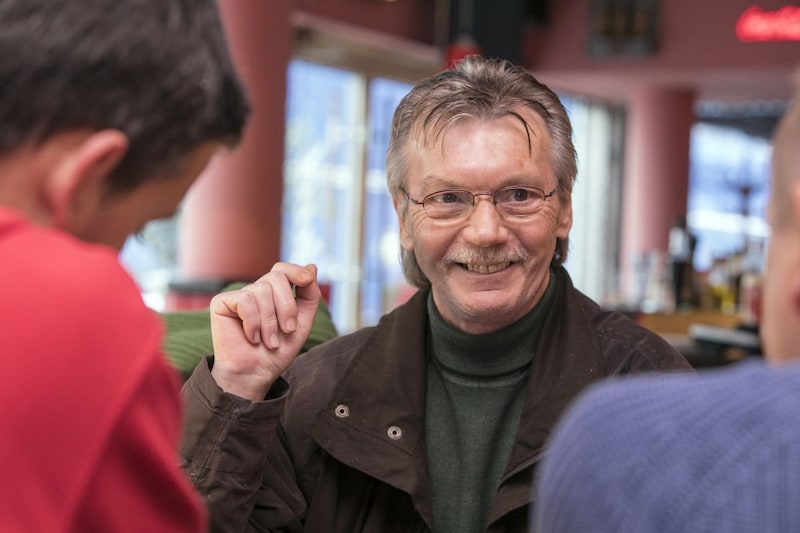
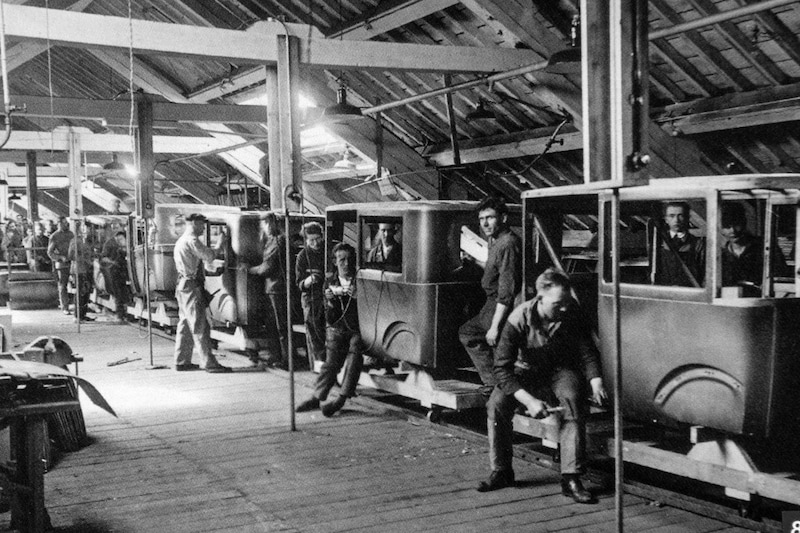
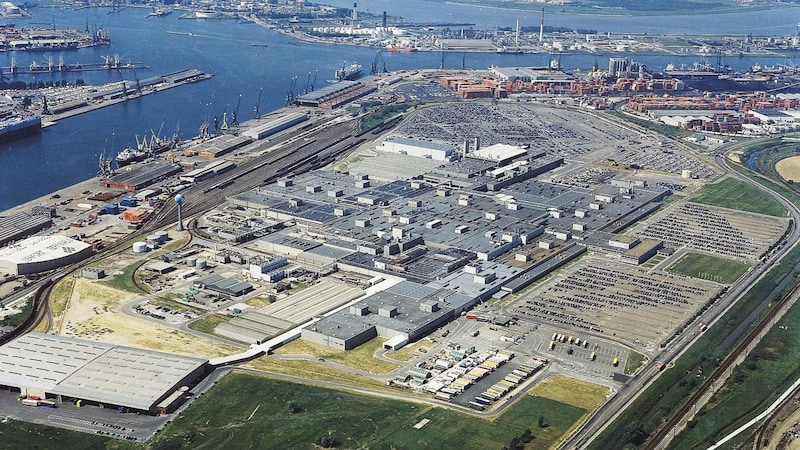

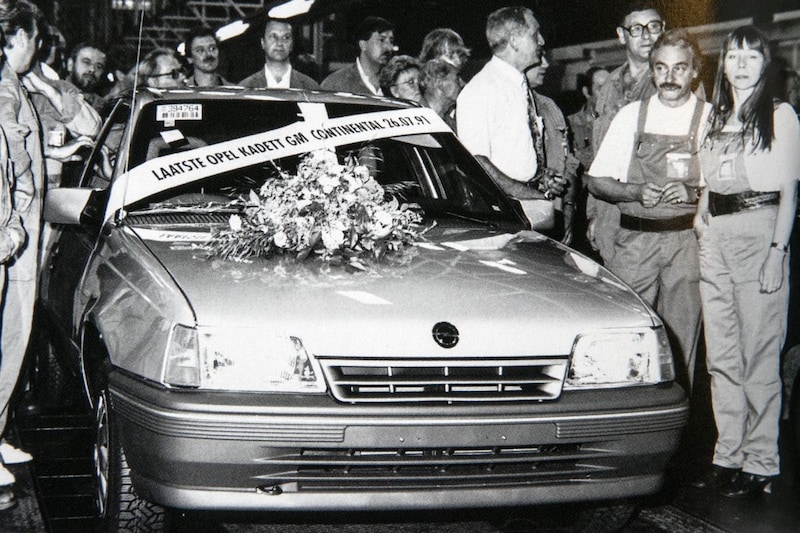

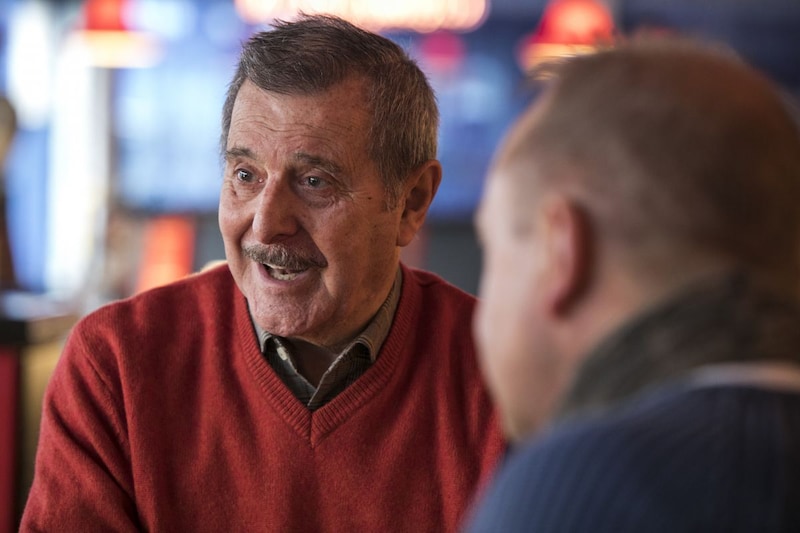
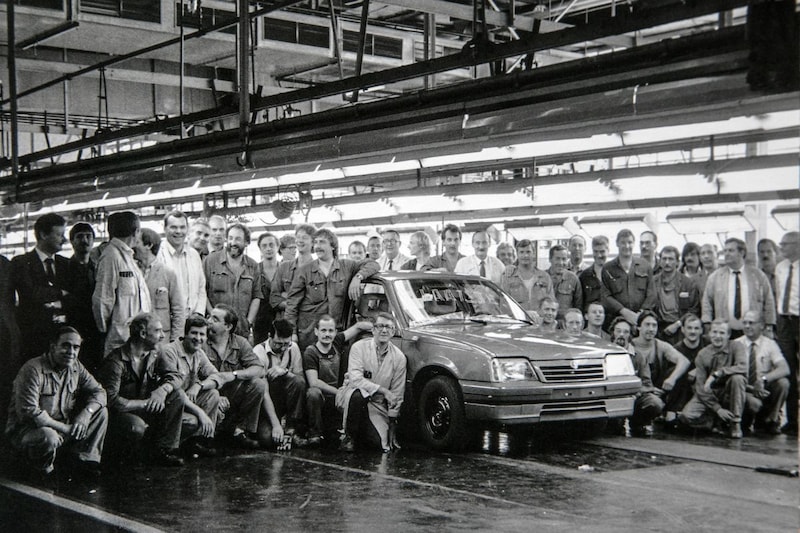
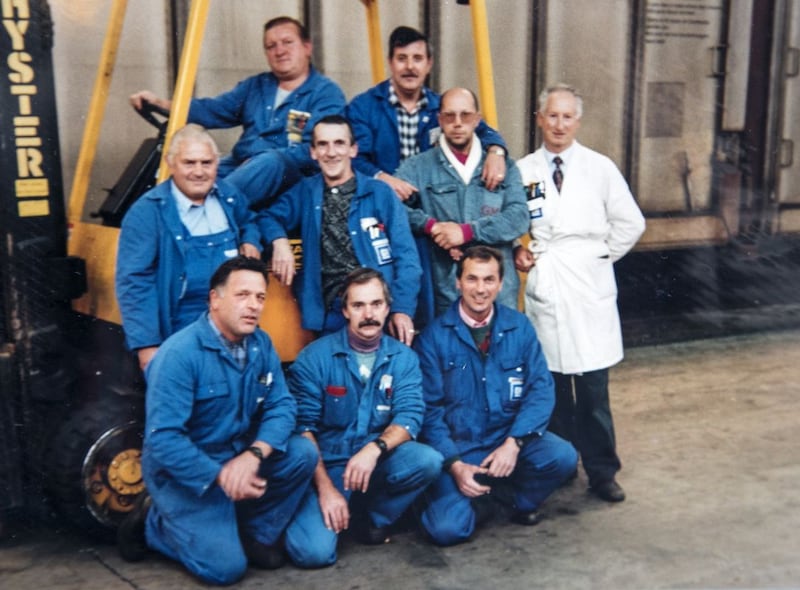
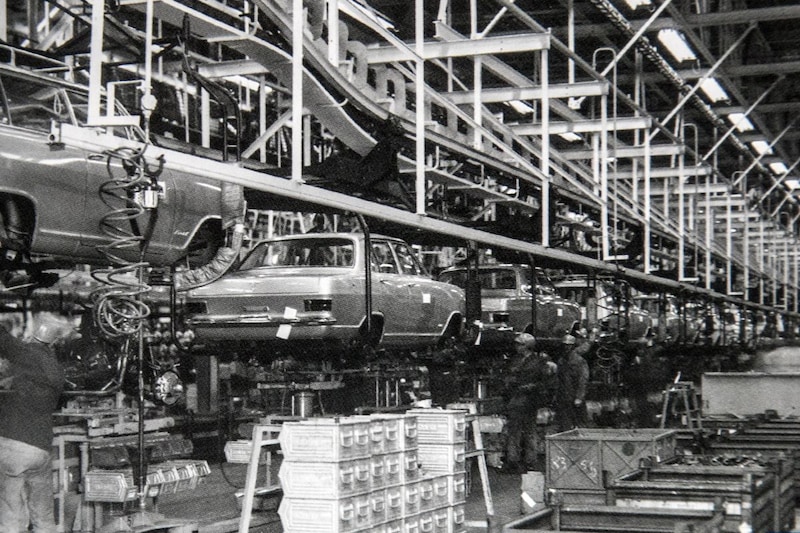
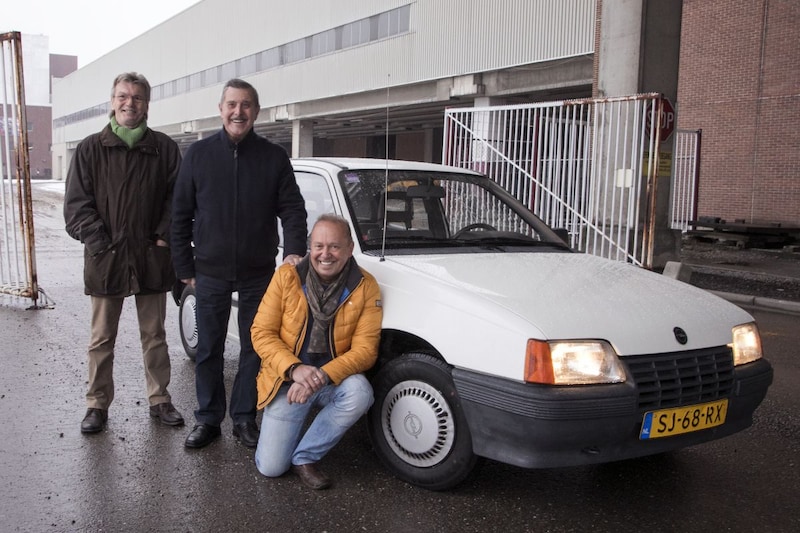
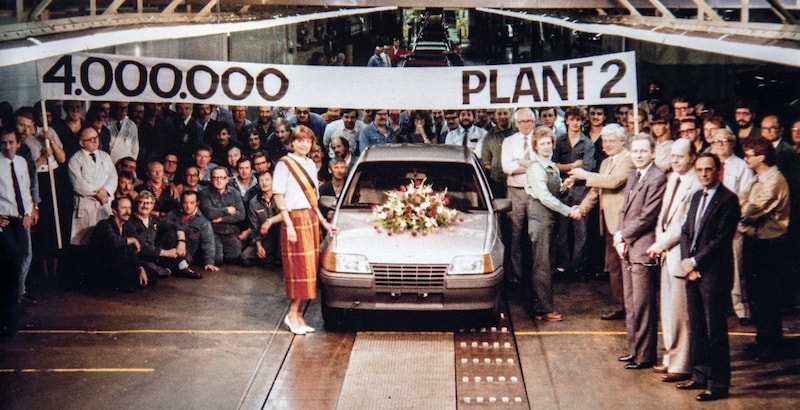
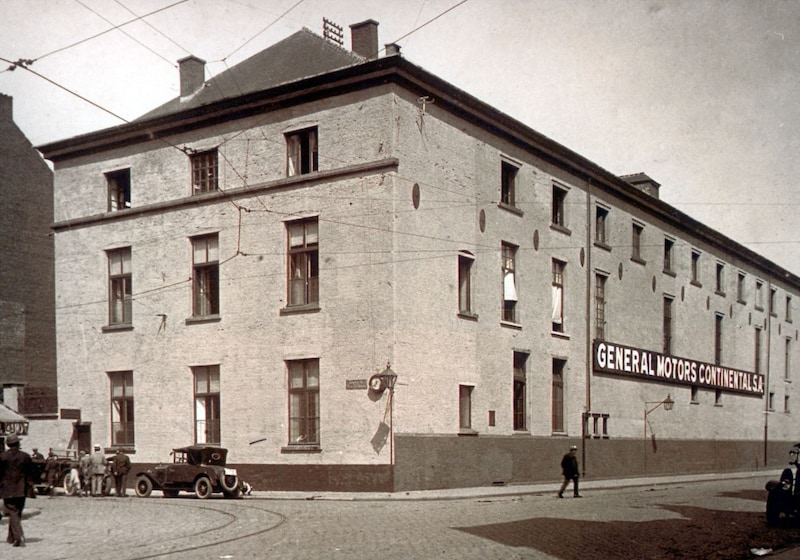
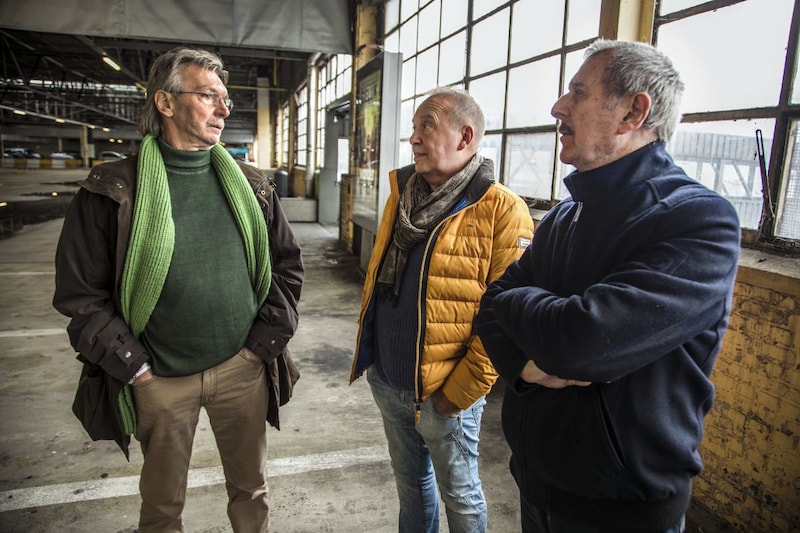

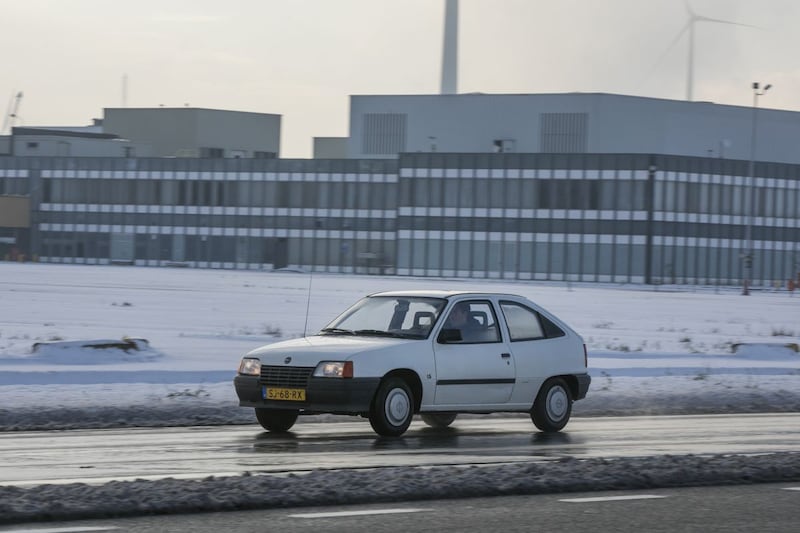
For years, the Opel Kadett was our national ‘huggable car’. They were all born in Antwerp, in the factory that was affectionately called ‘D’n Opel’ there. Since its founding in 1925, more than thirteen million cars have rolled off the assembly line, but austerity and political games slowly killed D’n Opel. The doors closed for good at the end of 2010, and that drama still rumbles softly.
Briefly summarizing the glory years and the downfall of D’n Opel is impossible. A few former Opel employees who meet in a cafe on the Antwerp Noorderlaan, nodding their approval. One orders a pint, the other a ‘coffee’, Antwerps for coffee. The café is located a stone’s throw from the place that is now a parking garage, but used to be part of Plant 1, one of the two Antwerp Opel factories. In 1988, production was merged into the much larger Plant 2, where Opel effortlessly produced as many cars as before in both plants combined. While the closure of Plant 1 only happened in the context of efficiency, the later closure of Plant 2 was much worse and immediately stirs up razor-sharp emotions at the table.
Layoffs
It starts with cutbacks and a number of layoffs. Then there is talk of the factory having to close because Opel is being taken over. If that takeover fails at the end of 2009, General Motors decides that Antwerp must be closed anyway, while the factory is running like a train. It is rumored that the intervention of Angela Merkel herself will prevent the much less profitable Opel factory in Bochum, Germany from closing and that this will kill Antwerp, against European regulations. However it went exactly: the men and women of D’n Opel were the victims. “Countless people went deep into the depths. Couples who had to sell their house, suppliers who went bankrupt and had to throw people out, ”says Gerrit Vervoort, who took early retirement in 1996. “My hair rises when I think about it.” Ludo Prinsen has worked in the factory until the last day and has his own theory: “The port is always growing. I think the Churchill dock behind the factory was getting too small and the factory was in the way. I think a political game has been played, in which a bet was made on further expansion of the port and the economic benefits that this would bring. ” Rony Macharis resigned a few months before the final closure, he says: “In that last year I saw a lot of politicians. They all promised that we would stay open, but they were all dead sparrows. ” Those words silence the conversation in the cafe. Gerrit stirs his coffee thoughtfully, Ludo looks at his beer. It is Rony, perhaps the biggest optimist of the bunch, who breaks the silence: “But yes, I do owe everything I have to D’n Opel. I love Opel, still. ”

Opel Antwerp Plant 2
500 robots and 10,000 people
The atmosphere is slowly changing. D’n Opel was much more than those few dramatic months in 2010, when it became clear that the imminent closure could not be averted. In 1925 General Motors Continental produced its first car, a Chevrolet, in Antwerp. GM continued to produce cars in Antwerp for 85 years, years in which the factory experienced a tremendous growth spurt. At its peak, more than 393,000 cars were made per year, the assembly line was more than 22 kilometers long, the floor area was about 347 square kilometers and not only were more than 500 robots, but above all more than 10,000 employees. Together, those employees of the factory made a city with a few restaurants, an infirmary, its own water treatment plant and even its own orchestra. Relationships and friendships arose within the society of D’n Opel, jokes and dark tricks were played and sometimes dramas took place. ‘Comradeship’ turned out to be the most important value. The men from D’n Opel can talk about that for hours. That camaraderie could have lasted forever for them. They did not think about pre-pension, let alone dismissal. Rony Macharis bluntly admits: “Sometimes I would rather be at work than at home.” The men at D’n Opel – most at least – loved their job, even if it wasn’t obvious.
Work really hard
“Make no mistake”, says Gerrit, “producing a car is done under high pressure. The band has to keep going, whatever it takes. It was hard work. In the beginning you had 42 seconds on the tape to do a job. Later that was reduced to 28. ” The men in the cafe think back to a young colleague, whom they did not know well, but who reportedly couldn’t handle the pressure and committed suicide. But you got used to that pressure, says Rony: “When I wasn’t working, I worked as a painter. Then it was sometimes nice that I had to go to D’n Opel again; I could rest a bit on the production line ”, he chuckles. “Rest?”, Gerrit snorts, “at the dashboards where you were perhaps. But with us in ‘d’n bodyshop’ you initially walked around with a 15 kilo spot welding machine. And in the summer it was over 40 degrees there, because nobody had heard of air conditioning. That was really hard work, I have experienced that. ” But hard work or not, the camaraderie made it better. “Everyone was connected. If someone had to go to the toilet, another stepped in. If one was ill, the rest would make sure it was okay. We solved problems ourselves ”, says Rony. As an example he cites a colleague who did not come to work in the morning with a lunch box, but with two crates of beer. “That boy had a drinking problem. When things got too bad, we would park him in a pile of tires so he could sleep off without the boss seeing. Actually, it shouldn’t be, but it happened. ”
Flames to the roof
You bet that, besides the production of Kadetts, Asconas and Vectras, a lot more happened at D’n Opel. More and more memories are being brought to the table, and one mischievous area is even bigger than the other. From spraying processes that were not completely up-to-date, causing the flames to roar up to the roof of the new paint shop and some Opels never making it to the showroom, to a quasi-tough employee who made a wheelie with his motorcycle in front of the factory and against an electrical box banged, leaving the entire line without power. Every member of staff was entitled to a substantial discount when purchasing a new Opel, and it is precisely those Opel who turn out to be the source of the wildest fables. Gerrit says, not without pride: “When I came home with a new Opel, it was immediately sold, the neighbors fought over it. I have never suffered a loss! ” He explains that Opel employees were contractually obliged to keep a car for at least a year, but that neighbors, friends and acquaintances were more than happy to take it over afterwards. “You could follow your own car along the entire line, so with those cars it was 100 percent sure that they were in perfect order. Nobody overlooked a single detail in their own cars! Sometimes I left them in an electrolysis bath all night. My Opels have never rusted. Never.” Rony bought another Astra Twin Top in 2006 as a gift to himself for his 50th birthday. “There was a known problem with the roof on those cars,” he says, “including mine. “Just drive him in,” the foreman would say. He stood there for six weeks, in between the companies all colleagues with knowledge solved the matter. I also wanted new seats in it. They were last supplied by an external company. My buddy saw that there was a tiny damage on one of my seats. He made sure to change the chair. That’s how it went. ”

The last Kadett
Born schoepers
In the long run it all got out of hand, says Gerrit. “Cars that were ordered as an entry-level model suddenly became the most luxurious version at the end of the line. Parts that accidentally went ‘over the fence’, even almost complete cars. “People are born ‘schoepers’ (bums, ed.)”, Gerrit muses. Rony says: “It is up to the people themselves. It is not for nothing that the iron cutlery in the restaurants was later replaced by plastic stuff! ” Ludo is willing to admit that he did not have a very good reputation himself, especially with his bosses. “My file was so thick,” he chuckles, keeping his hands well apart. “There was favoritism and I can’t stand that. I opposed that, in all posts where I worked in my 34 years. That turned against me. At one point it said in my file that I was a ‘very unsafe person’. That turned out to be because a boss saw me coming down a staircase without me holding the handrail. ” But when it comes to the ‘foot soldiers’, the bosses themselves weren’t holy either. “If you have good leadership, you have a good job,” says Ludo. As far as he is concerned, a good leader is one who stands there when needed and then works side-by-side with his men. “That’s how I tried to lead myself, but it often went differently. Many people were dissatisfied with their supervisors. ” In the years towards the end, GM CEO Carl Peter Forster was the bogeyman: he cut the costs of his company and thus signed the resignation letter of many Antwerp Opel employees. “That one?”, Says Gerrit, “he didn’t know anything about it. We were one of the best factories and also competitive in terms of hourly wages. We were promised the production of a small SUV, but it never materialized. He already knew in advance that we had to close. ” Rony knew the end was near when he saw more and more colleagues from foreign factories come over. “That happened for the first time in 2002. They came to see business marching here. Then you know that they want to take production to cheaper places. I already told my colleagues that this was the beginning of the end and unfortunately I was right. ”
Empty
Ludo was one of the last employees to leave the factory on that last day in 2010. At the time, he worked in the factory’s water treatment plant, the place where he was better off than anywhere else at D’n Opel. He had to treat the last water before the factory could be finally locked. “Even in that position I still had to fight for my job,” he laughs. “The water treatment was ultimately outsourced to an external company. I would earn less, but keep my job. And I wouldn’t have a choice: I had to go. I declined that. “I will go for four million, otherwise not”, I said. I knew they couldn’t force me. Ultimately, Opel wanted to keep me and they used me for water purification. In a higher position, and as the only employee of our own. I was my own manager. ” The last day Ludo felt mostly empty. “You close the door behind you. No control or security anywhere, then you know it’s done. ” Just a few months earlier, he had reached a literal peak without being caught by security. “On New Year’s Eve I crawled on top of the famous GM sphere. I could see the fireworks all over Antwerp. That was spectacular. I like to think back to that image. ”

Miss Belgium, Goedele Liekens, at the festive production of the four millionth car in Plant 2.
From city to village
For Ludo, that turn of the year on the GM sphere was a memorable experience in the large factory that at that time was nearing the end of his consciously initiated death phase. Murder? What else does it matter. At the time, the ‘city’ that D’n Opel once was at most was only a village with a few inhabitants. Ironically enough, on the site of that GM sphere once practically stood the church tower of a small polder village, Oorderen. That had to make way in 1965 for the arrival of the large GM factory. 45 years before the closure, that place was also the subject of a drama of people who lost their home and hearth and saw their village demolished. In 2010, it was jobs that were lost and put countless homes and fireplaces at risk. Eight years later it is only quiet and deserted. A strange, desolate place, there in the busy Antwerp port, the future of which is still uncertain. Hundreds, perhaps thousands of people still think of that place every day. Because they can’t forget D’n Opel.